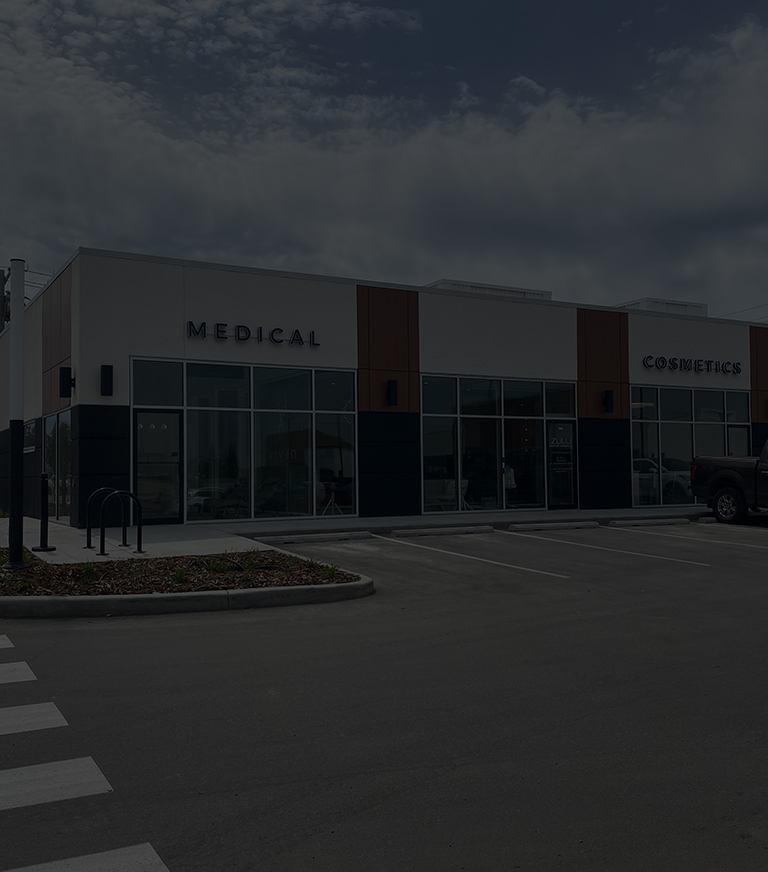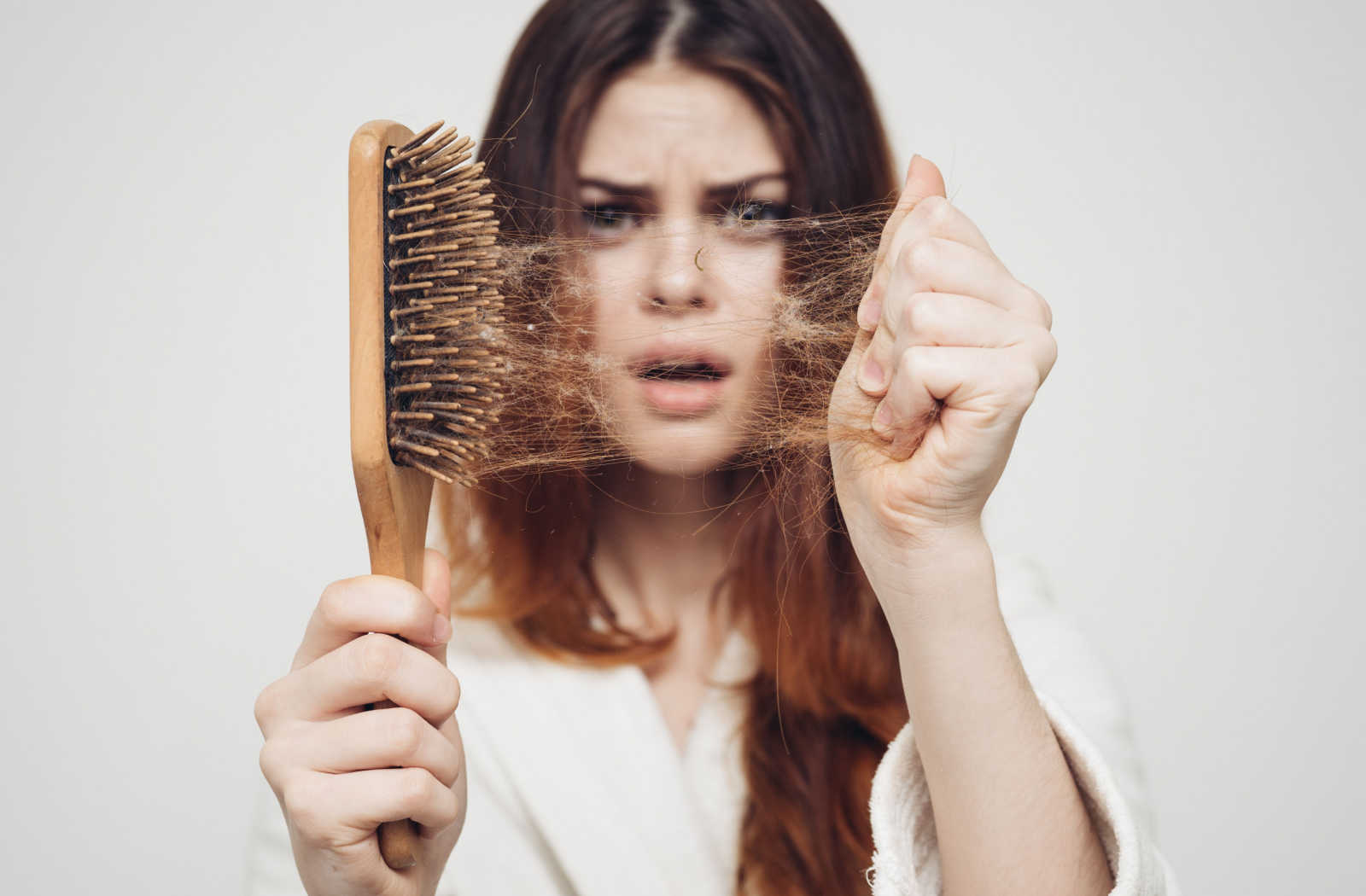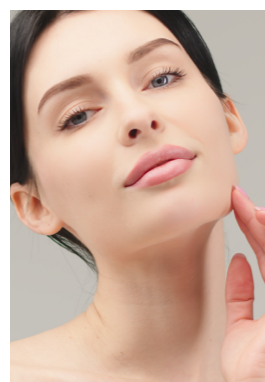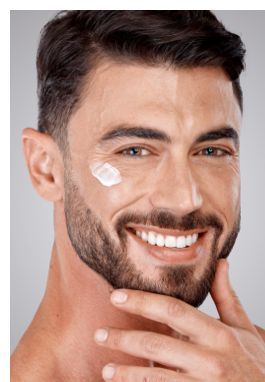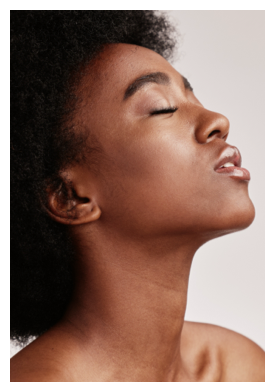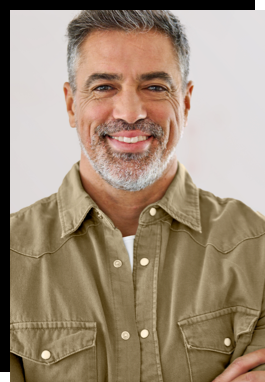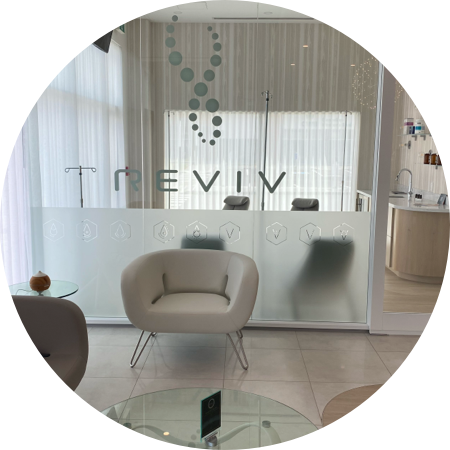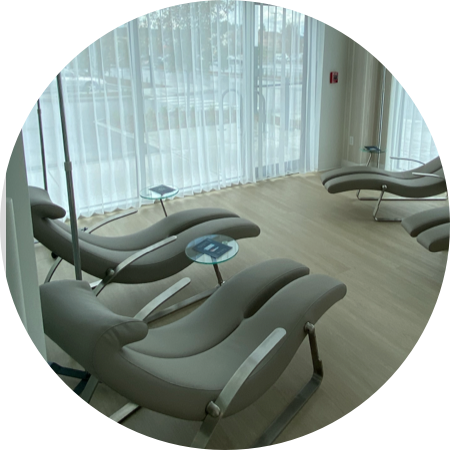Balding, pattern baldness, hair thinning, androgenic alopecia—no matter what you call it, it means the same thing: hair loss. You can’t control it, and you probably noticed it one morning in the mirror thinking, hey, I swear I used to have hair there. It can be a tough pill to swallow since our society equates baldness with aging, but there are approaches to hair restoration you may not be aware of.
So you want the facts to better understand hair loss? We’ll teach you about the growth cycle of hair and what causes alopecia (hair loss). And we’ll cover how genetic testing can guide you to personalized treatment for alopecia.
Since alopecia is a progressive condition and can’t be reversed, it’s best to implement preventive strategies early. Our expert staff at Zulu Medical Cosmetics will happily guide you along your hair restoration journey. Start with a free consultation, and we’ll get in touch to discuss the services we offer and the best approach for you.
Understanding the Hair Growth Cycle
Each strand of hair on your head will go through a hair growth cycle with 3 phases, lasting between 2 and 6 years. It all starts in tiny pockets called hair follicles and continues as follows:
- The anagen phase: your hair continues to grow about 1 to 2 centimetres per month for 2 to 5 years. If you look in the mirror right now, about 90% of your hair is in this phase.
- The catagen phase: your hair stops growing during this period, which lasts about 2 to 3 weeks.
- The telogen phase: your hair rests during this phase for about 1 to 4 months. At the end of this phase, the hair sheds, which usually stimulates new hair growth in the same follicle.
How Genetics Play a Role
Genetics do lead to hair loss, but it really comes down to a combination of genetics, hormones, and aging. As you age, your hormones change, and your genetics will affect how quickly you lose hair and the pattern in which you lose it.
Your hair growth cycle can be influenced by hormones, especially the androgen hormone, so hair loss is often referred to as androgenic alopecia.
Increased androgen levels can cause a shorter hair growth cycle or cause shorter or thinner strands. And, excess androgen can delay the regrowth after a strand falls out.
Hair loss may occur in the tell-tale areas like the hairline and crown of the head (more common among males) or as a gradual thinning of hair all over (more common among women).
Alopecia tends to cluster among families, so the exact inheritance pattern is unclear, even though the common myth is that it’s directly linked to your mother’s genes. That said, if you have a close relative with patterned hair loss, there’s a likelihood that you too will develop the condition.
Testing & Analysis
We live during an impressive era for diagnosis and technology—there’s even a test to determine your genetic likelihood of having alopecia.
The REVIV Genetics DNA analysis outlines your genetic characteristics in relation to treatment. By taking this test, you’ll have the benefit of a patented algorithm that creates a personalized treatment solution for you from 175 million therapeutic alternatives. If you’re interested in personalized DNA analysis, please schedule a consultation with our staff.
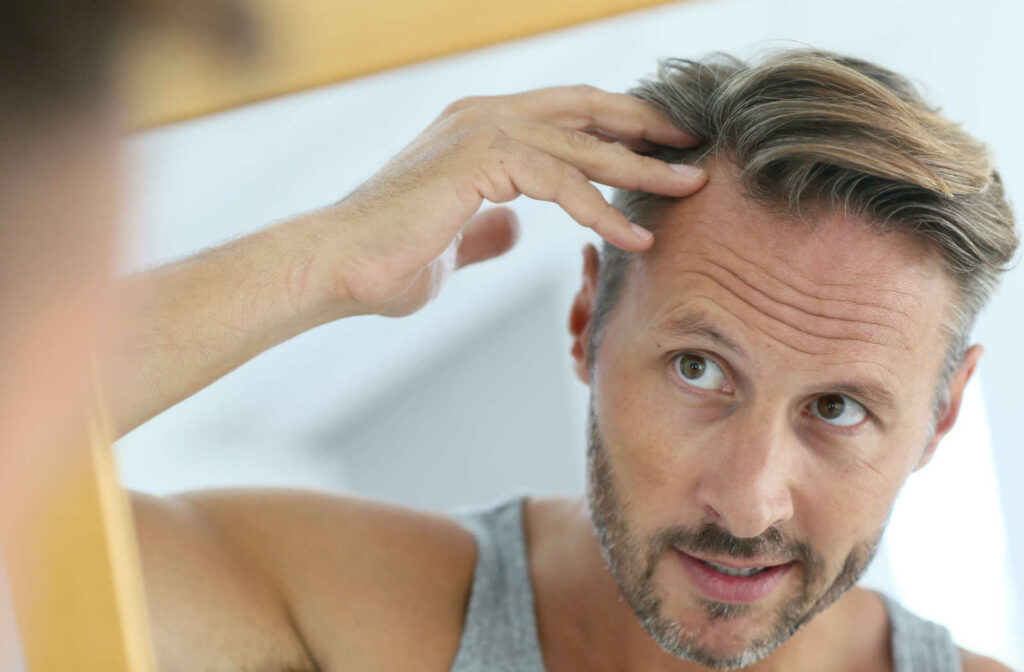
Other Possible Causes of Hair Loss
As mentioned above, your proclivity for alopecia comes from a combination of genetics, hormones, and aging. But certain other factors worth noting can exacerbate hair loss:
- Menopause: women tend to notice more hair thinning after undergoing significant hormonal changes during menopause.
- Certain hairstyles: tight ponytails and braids may look really cute, but they can tug on your hair, causing stress on your hair follicles.
- Medications: certain medical conditions like cancer, depression, and heart problems require pharmaceutical treatment, some of which may lead to hair loss.
Dealing With Hair Loss & Encouraging New Growth
Losing your hair or noticing it get gradually thinner as you age can undeniably hinder your confidence and self-esteem. As your reflection in the mirror gets further from how you see your true beauty, it’s hard to reconcile. But if it’s hair restoration you seek, we have solutions for you.
We’ve helped thousands of people regain their desired hairlines and restore hair volume. And because each person has a unique hair restoration journey, we offer various solutions based on your lifestyle and needs. Here’s a glimpse of what we offer:
- Non-surgical hair restoration: If surgical treatment doesn’t align with your goals, we offer several natural and non-invasive hair restoration methods to encourage healthy hair growth. These include platelet-rich plasma therapy and hormone balancing counselling.
- Women’s hair restoration: As a woman, part of your confidence comes from how you feel in your own skin and body—and if you have thinning hair, this may impact your self-esteem. We completely understand the struggle and recommend a hair restoration consultation to start your journey. Once we’ve determined the root cause of your hair loss, we’ll discuss your options for restoration and rejuvenation.
Remember: hair loss is nothing to be ashamed of, and you’re certainly not alone. We’ve had thousands of people walk through our doors seeking a solution for their hair loss. Our success stories speak for themselves—you can get the full hair you want, and it all starts with a conversation with our staff.
Reach Out to Book a Consultation
If this post has struck a chord with you and you’re curious about hair restoration, please don’t hesitate to reach out. Fill out our free online hair restoration consultation to get started. Our team has the equipment and expertise to restore your hair—and your confidence along with it.

